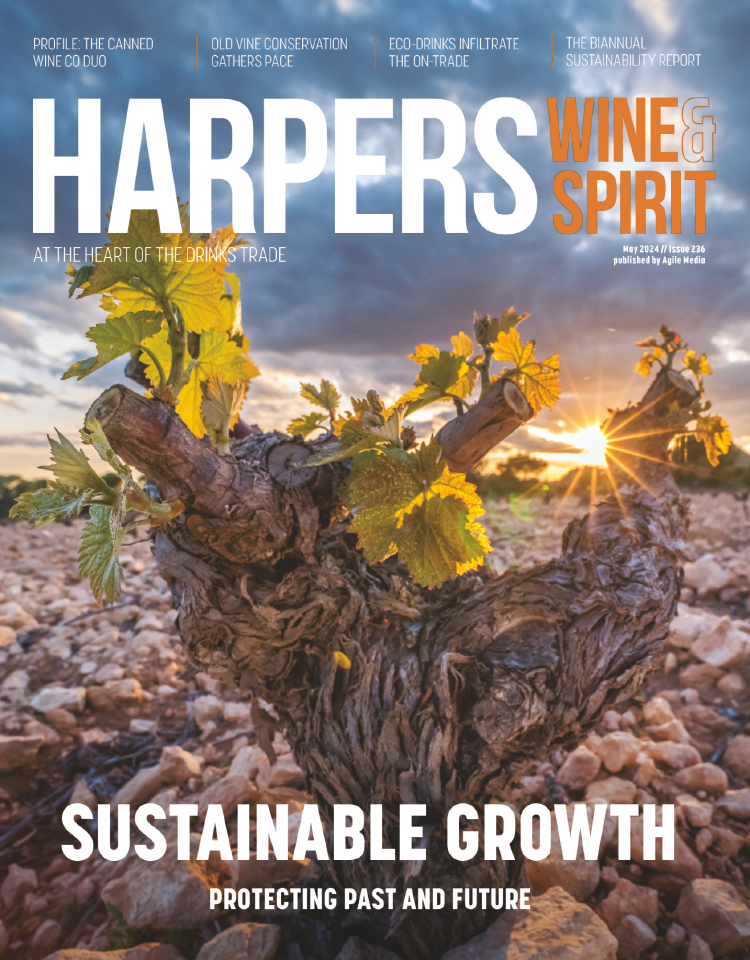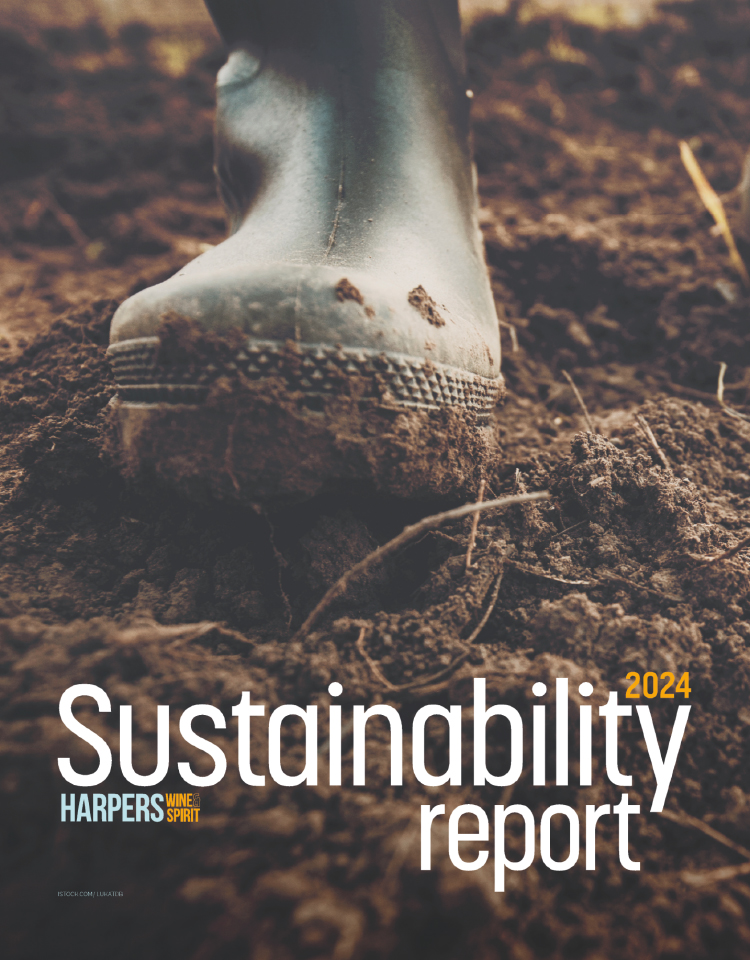
Gap in recycling offers huge opportunity for brand owners and retailers
Concerns over health and safety are hampering the use of recycled materials in food in drink, new research has suggested.
“Proclamations by brands and converters touting commitment to 100% recyclable materials or packaging being 100% recycled dominate industry headlines,” said David Luttenberger, global packaging director at Mintel.
However, the number of companies actually using those recycled materials is still rare.
Concerns range from low availability of high-quality recycled plastic to the safety of using recycled plastics in the packaging of food and drinks.
But as “consumer exhaustion with excess plastic packaging” continues, brands now have an opportunity to differentiate by committing to using recycled packaging or even upcycling materials into a better quality product.
Luttenberger said: “We are likely to see fast improvements in recycling facilities. This will drive up capacity for high-quality recycled material. Going forward, brands have an opportunity to ride consumer awareness of recycling issues by being part of the solution and committing to using recycled material in new packaging.”
The comments were made in a new report which identifies the major packaging trends to affect industry over the next couple of years.
Out of the four major trends, two focused on reducing or eliminating plastic, with a third trend also highlighting the benefits of sustainable e-commerce packaging.
While at the moment, most consumers prefer to buy groceries in-store instead of online, the convenience of purchasing online will eventually “spill over into food, drink, and household products”, said the report, with “limitless opportunities” available for those who can ship effectively and sustainably, while also giving consumers “a sense of delight and surprise when opening the parcel.”
Lastly, the report highlighted a renewed interest in connected packaging, including QR codes, near field communication, radio frequency identification, Bluetooth and augmented reality.
Ownership of connected devices worldwide offers a “vital link between physical and digital shopping worlds”, through which brands can “influence how they are viewed online, together with delivering engaging content and product-specific information to directly influence purchasing decisions.”
Keywords:
- new
- Online
- food
- packaging
- brands
- report
- plastic
- using
- recycled
- materials
- using recycled
- recycled materials
- recycled material
- quality recycled
- “limitless opportunities”
- field communication radio
- connected packaging including
- “limitless opportunities” available
- four major trends
- eventually “spill over
- QR





